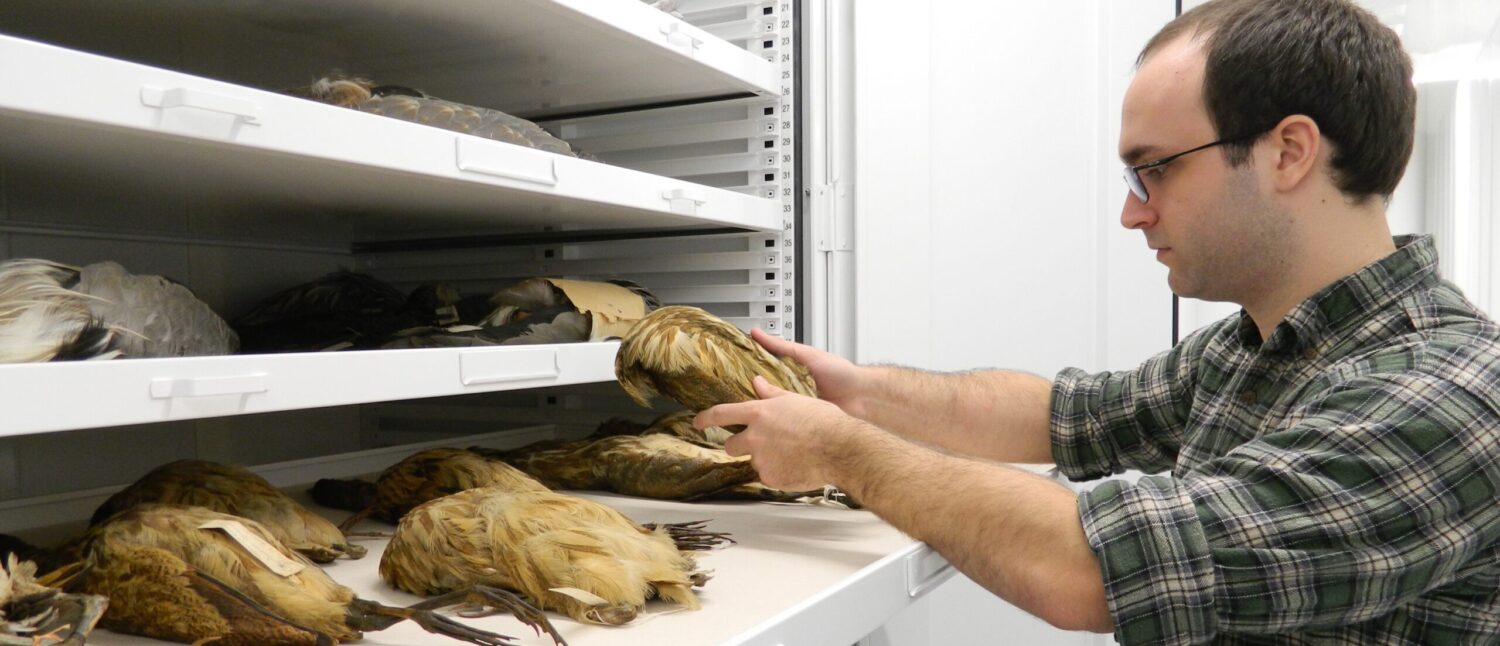In an August 30, 2019 memorandum from the White House Office of Science and Technology Policy (OSTP) and the White House Office of Management and Budget (OMB), federal agencies have been directed to prioritize national security, industrial leadership, energy and environmental leadership, health and bioeconomic innovation, and space exploration and commercialization in their fiscal year (FY) 2021 budget request for research and development (R&D).
The Administration’s memo on R&D budget priorities for FY 2021 provides guidance on a national strategy to advance bold, transformational leaps in [science and technology], build a diverse workforce of the future, solve previously intractable grand challenges, and ensure America remains the global S&T leader for generations to come.
The Administration stresses prioritizing the bioeconomy, defined as the infrastructure, innovation, products, technology, and data derived from biologically-related processes and science that drive economic growth, promote health, and increase public benefit. To enable bioeconomic opportunities, agencies have been directed to focus on areas such as biotechnology, scientific collections, biosecurity, omics, and data analytics, and prioritize evidence-based standards and research to rapidly establish microorganism, plant, and animal safety and efficacy for products developed using gene editing. In regards to public health, the memo directs agencies to prioritize research on the opioid crisis, infectious diseases, anti-microbial resistance, gene therapy, neuroscience, and HIV/ AIDS, among others.
The Administration’s energy and environmental priorities include early-stage research on nuclear, renewable, and fossil energy; efforts to map, explore, and characterize the natural resources of the exclusive economic zone; research to understand and respond to changes in the ocean system; and efforts to quantify predictability of Earth systems across time and space. Knowing the extent to which components of the Earth system are practicably predictable – from individual thunderstorms to long-term global change- is vitally important for physical understanding of the Earth system, assessing the value of prediction results, guiding Federal investments, developing effective policy, and improving predictive skill, the memo explains.
The memo also details five cross-cutting actions that spread across the R&D budgetary priorities and require departments and agencies to collaborate with each other and with the other stakeholders. These include building a diverse and highly skilled STEM workforce; creating and supporting research environments that reflect the American values of free inquiry, competition, openness, and fairness; supporting transformative high risk-high reward research; leveraging the power of data by improving data accessibility and security and building a data-skilled workforce; and expanding partnerships between agencies, academic institutions, businesses, nonprofit institutions, and other S&T sectors to build the nation’s innovation capacity.

